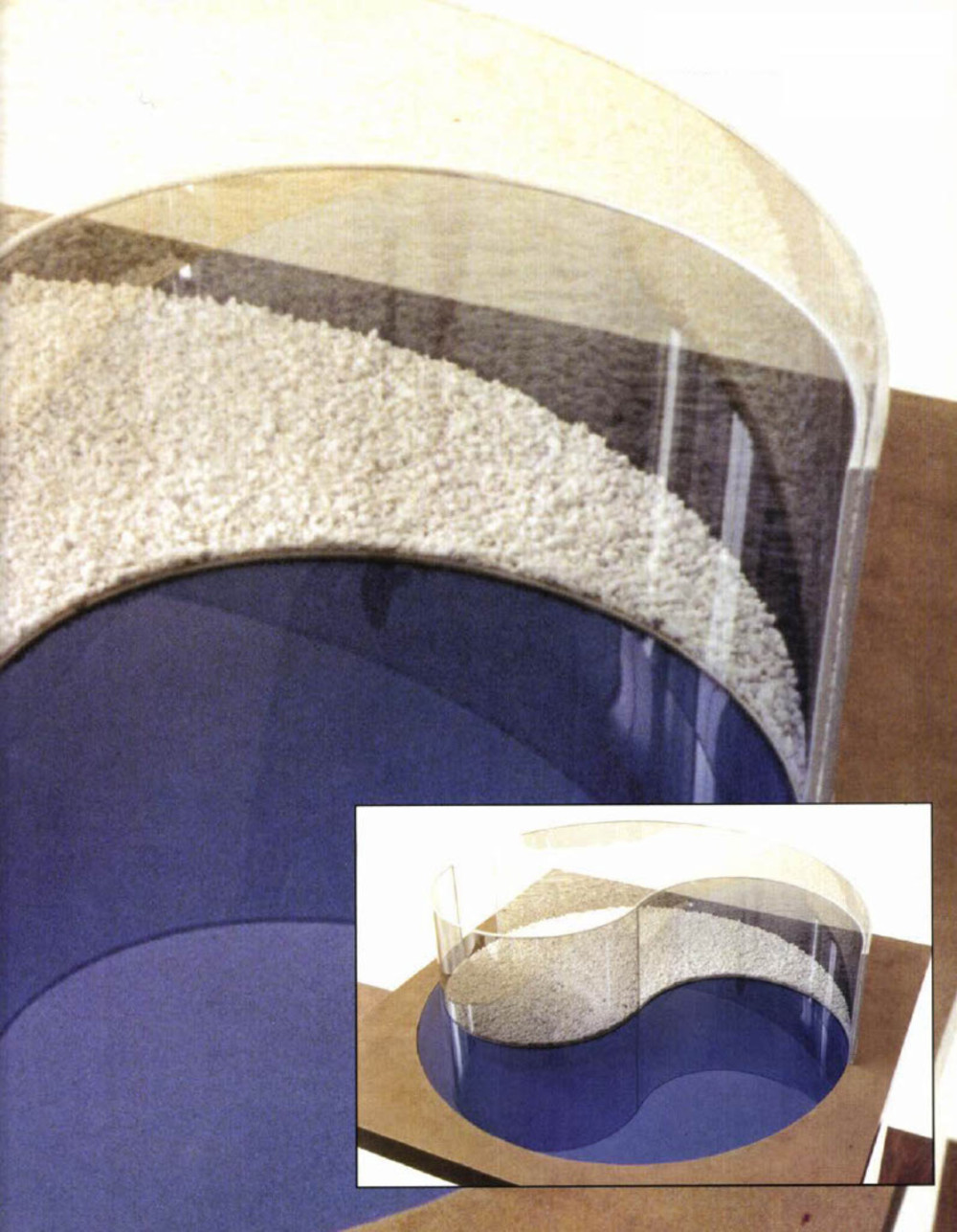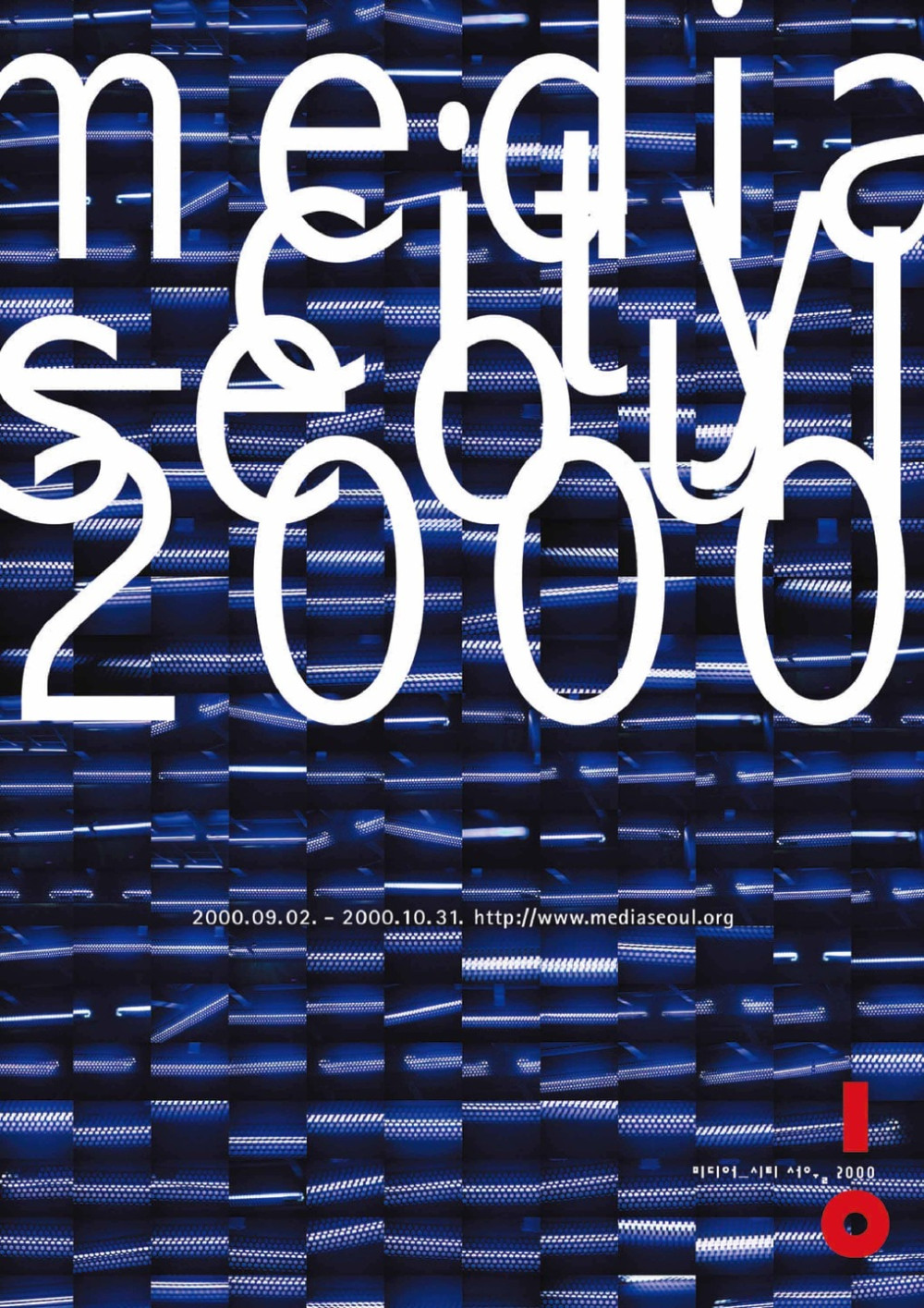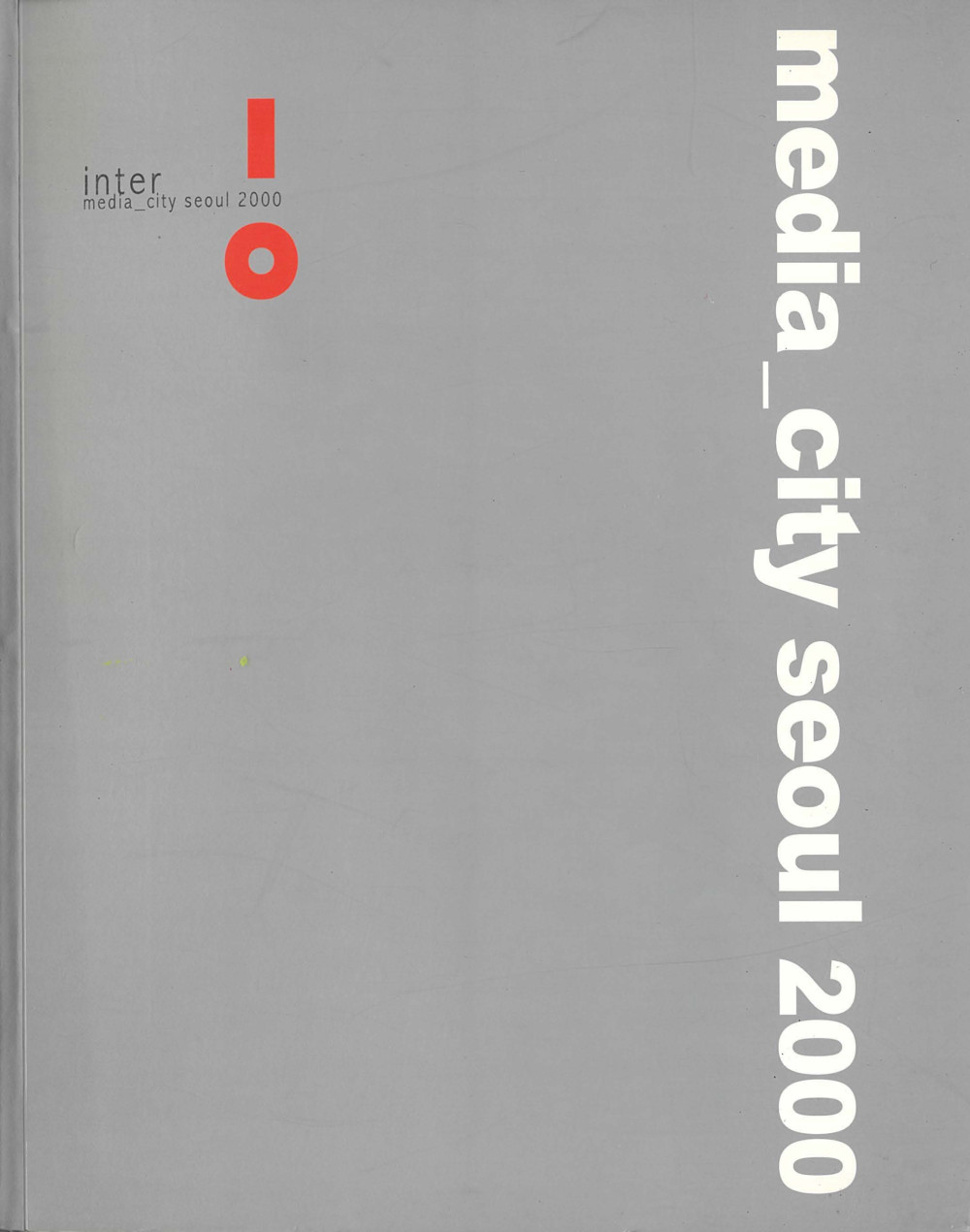
This structure, which embodies the Eastern concept of yin and yang, is Graham’s new creation for Seoul City as part of his architectural projects that he began in the late 1970s. Built primarily with two-way mirror glass, the pavilion creates fascinating visual effects that change based on the intensity of light and viewing angle. It transforms its surroundings into part of the artwork: the museum space appears both clear and distorted, while the urban environment, visitors, and their reflections become part of the experience. Through this design, Graham explores how we perceive spatial boundaries—inside and outside, open and closed, transparent and opaque—while revealing the perceptual process of recognizing ourselves and others in space.



